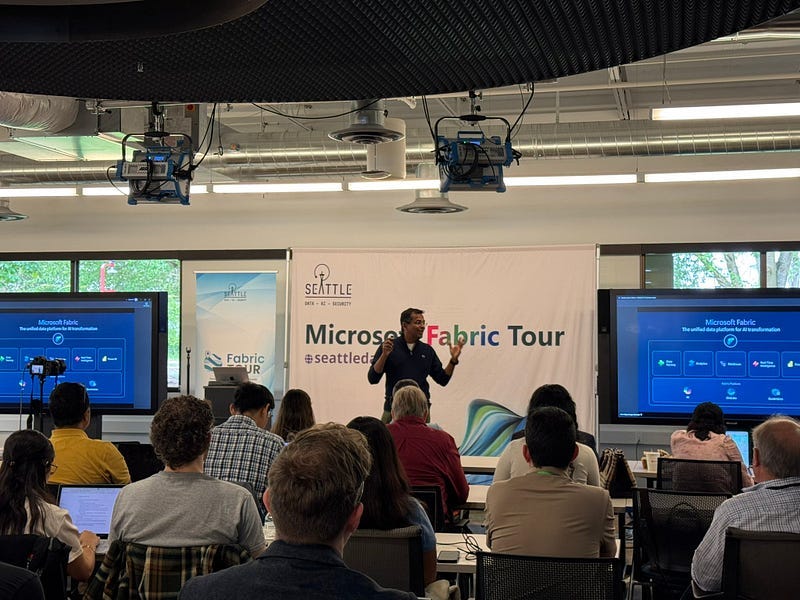Microsoft Fabric Tour with Seattle Data & AI
On May 31st, 2025, I attended the inaugural Microsoft Fabric Tour at the Microsoft Reactor in Redmond — an in-depth, all-day exploration of Microsoft Fabric with leading industry experts. This groundbreaking event brought together data engineers, AI practitioners, and business leaders for a comprehensive deep dive into Microsoft’s unified data platform.
…
Keep reading with a 7-day free trial
Subscribe to The 180° to keep reading this post and get 7 days of free access to the full post archives.


